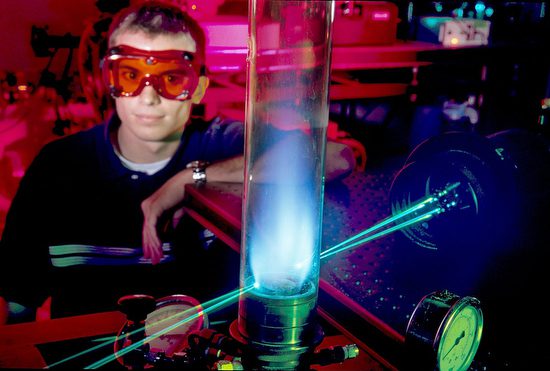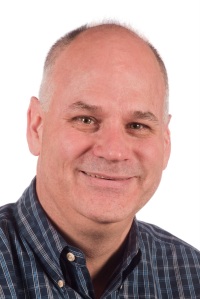 |
| This is Arabica coffee on the plant just before it is picked. The pickers go through the plant picking the red berries leaving the green for later. (Nikon D3S, ISO 8000, f/8, 1/400, 28-300mm) |
I went to Mexico last year to cover the coffee growers and help them tell their story. The story was to talk about how they were able to turn around the industry in their communities. Prior to Café Justo (the Coffee Cooperative group) being formed the coffee growers were going North to cross the border to look for work so they could feed their families.
Photographers I think are struggling like the coffee growers when they were not roasting their coffee but selling to intermediaries who then sold to the roasters. They were struggling.
Photographers I think are going through a similar opportunity when it comes to multimedia. I define multimedia as combining still images with audio and/or video. In the old days we had slide shows where multiple projects were being synced for conferences and workshops. With the web today the world is your audience so you no longer are restricting the audience as we did in the past.
 |
| This is the Arabica Coffee in the bushell before it has the outer shell stripped off. (Nikon D3S, ISO 12,800, f/5.6, 1/125, 28-300mm) |
The coffee growers of Just Coffee cooperative were exploited by the coyotes before they formed. They were being paid $35 a sack. Once they formed they paid themselves $130 a sack and today they pay themselves $160 that is $1.60 per pound.
You see he who roasts the coffee makes the money. The cooperative bought a roaster and due to this expense they went from only 20% of the total price that went to the farmer to 100%. Watch the video below to understand their story.
[youtube https://www.youtube.com/watch?v=Q9wmMSv3SoY]
Photographers are similar in that who publishes a story is where the money rests. When photographers are putting together the complete package they can increase their income dramatically just like the coffee farmer. Multimedia is the roasting process for the journalist.
When I started putting these packages together is when I truly started to feel like a visual journalist. I no longer was handing over raw material. When you do the interviews and put the whole package together you really feel like you are telling the story on a whole different level than just producing the elements for a story.
While the learning curve is quite steep the rewards are even greater. As you start to produce packages it will influence how you shoot and make you a better photographer.
Becoming a producer made me a better photographer
You learn to shoot more. You realize you need more images to tell a story than you needed for a print piece. You need transition shots, details and sometimes more variety to help move the story visually while the audio is laying the foundation.
You listen more. For the most part it is the audio that drives the story and not the visual. You learn how important a good quote is from a person.
You ask better questions. When you realize you need good audio for the story you start to ask questions and when editing realize what you would change. This changes the next time you interview someone. You are more present and forming the story much earlier in the process.
You are aware of verticals and horizontals more. When you have a rectangle screen to fill you don’t want to waste that space with nothing, so you learn to shoot even more horizontals. Since most of my material is also going to print, I still need good verticals. Now if I see a photo that I might have just shot as a vertical, I now make sure I have it as a horizontal.
 |
| The coffee growers of Café Justo. (Nikon D3, ISO 500, f/5, 1/1600, 14-24mm) |
You are aware of the quality of sound. I have learned to close doors and not interview people in front of a water fountain. I hear little noises that I didn’t hear before. While this helps me get better audio it also impacts how I see. When you cannot get rid of a noise you then need a visual to help the audience resolve the noise. If you hear a chicken in the background then having a photo with the chicken will help the audience not hear this as an annoying noise, but to give context because you helped with a visual.
If you are like the coffee growers looking for work somewhere else because your pay for your work is low, look to become the roaster like they did–learn a new skill. I recommend multimedia, but it could be web design and helping people put together websites.
WARNING!!!
You are not going to go and buy the software and tomorrow start charging clients for this work. I believe it takes about a year or two to master the software the sound gathering and most importantly developing the visual storytelling ability at a different level–the final product.










